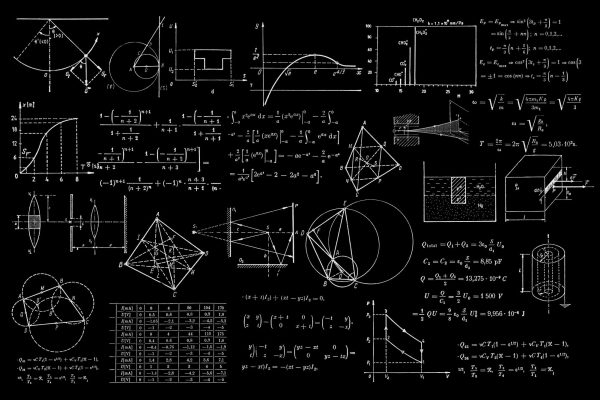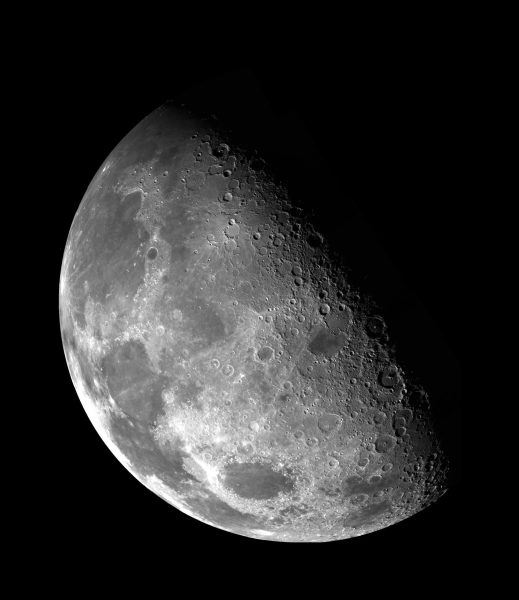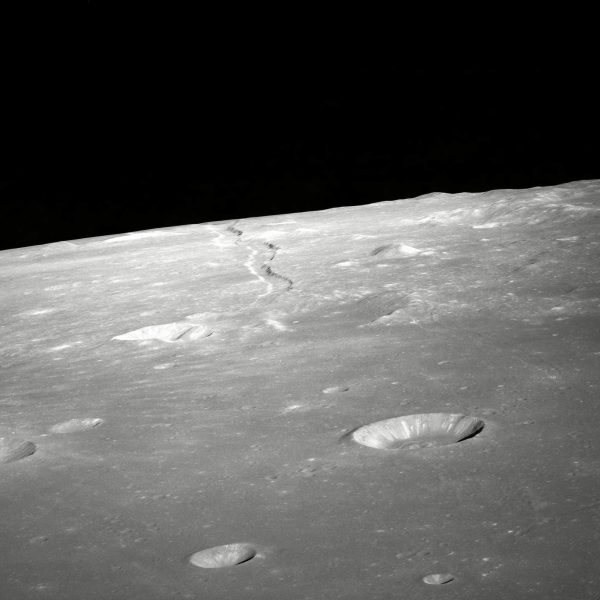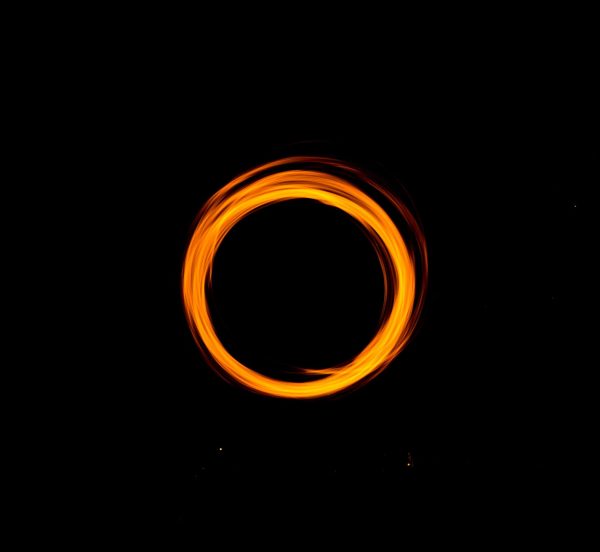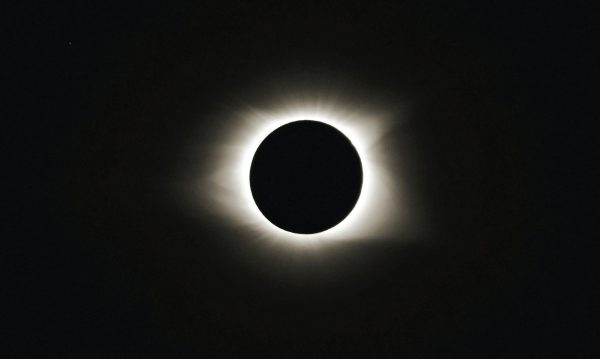New Evidence Surfaces for Einstein’s Theory of Relativity
February 14, 2016
Earlier this month, a breakthrough in black hole research confirmed the last portion of Einstein’s Theory of Relativity. This final concept outlined in Einstein’s theory dealt with gravitational waves, or ripples in spacetime that propagate from a central point. These waves were theorized to be products of violent events in the universe that emanate as gravitational radiation. One of the most energetic events in the universe is the collision of two or more black holes. A black hole is a region in space that has such a strong gravitational pull that no particles can escape from within it, so when two of these extremely dense masses collide, an immense quantity of energy is emitted in the form of gravitational waves.
On February 11th, 2016, a team of scientists announced that, for the first time in human history, these gravitational waves had been detected. 1.3 billion light-years away from Earth, two black holes collided, emitting a vast quantity of energy, 50 times the amount of energy as all of the stars in the visible universe combined, in the form of gravitational waves that warped space and time as they rippled through the universe at the speed of light. This discovery confirmed that pairs of black holes do exist in the universe and that gravitational waves also exist, as predicted by Einstein about 100 years ago.
This breakthrough in scientific research will revolutionize our understanding of the universe and how it functions. The implications of this discovery in the field of astronomy will continue to advance research for decades to come, providing information about black holes, dark matter, and gravity itself. Research based on the detection of these waves will shed light on the dark parts of the cosmos, expanding our knowledge of our surroundings and our awareness of the universe in which we live.




